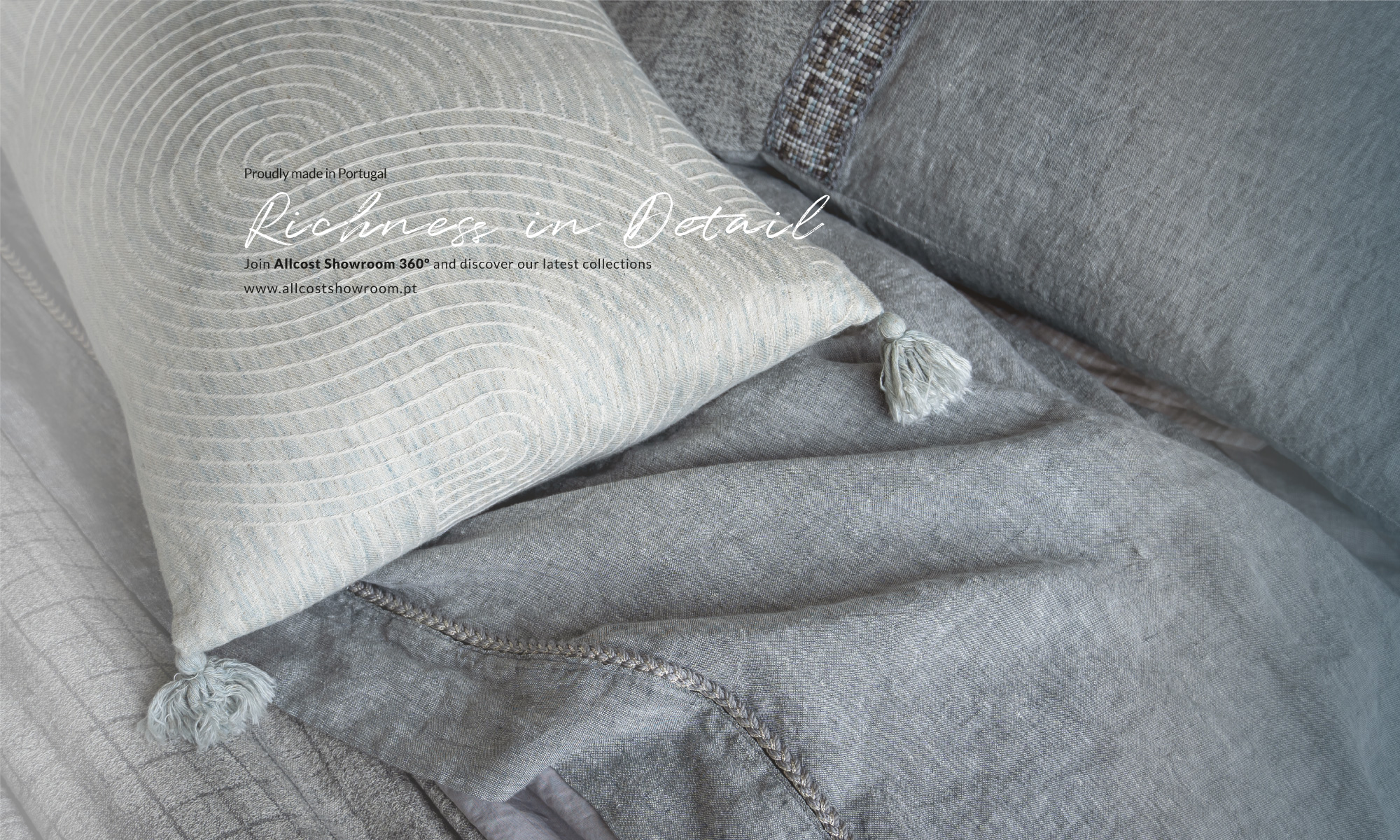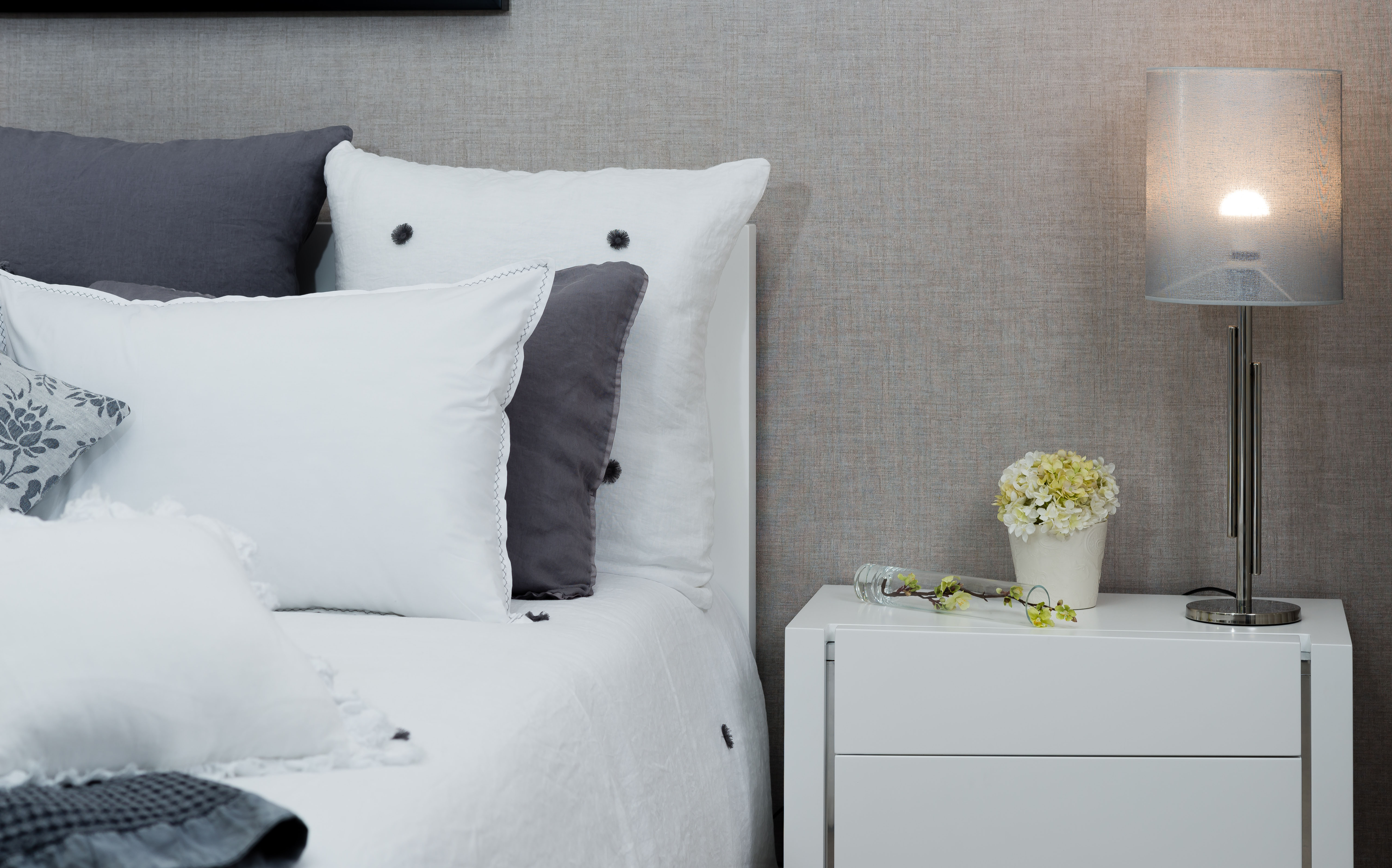Colors have an incredible strenght and undoubtedly influence our day to day. For example, on sunny days, we are way happier than during gray rainy days.
We should also have that in consideration in our home environment and adapt the color selection to the bedrooms, we just need to follow the same principles that chromotherapy defends: each color is responsible for a different effect on our routine and in our emotional state.
In this article we present a basic guide about color psychology, which ones we should and shouldn’t use in the bedroom.
Yellow: associated to communication and concentration, yellow stimulates the spontaneity and is indicated for bedrooms that also serve as a workplace. However, the excessive use can lead to feelings of frustration, so you should decrease it and contrast with cream or ivory.
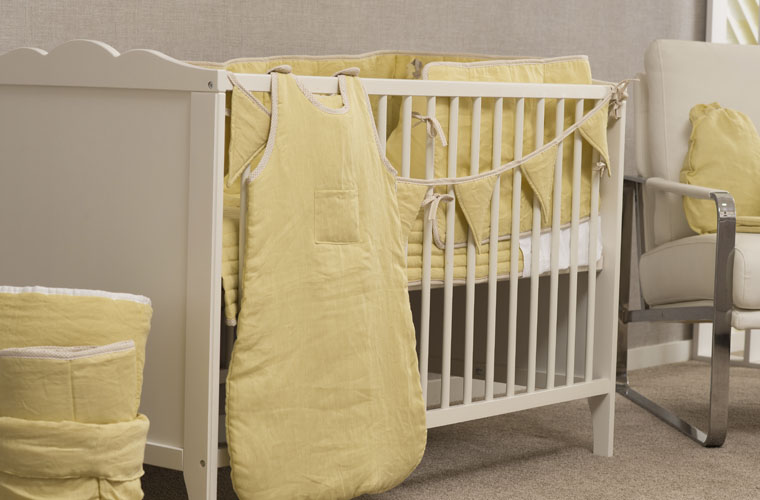
Green: coming from plants, fruits and flowers, the green color takes us to the natural side of life. It stimulates an environment of creativity and, since it creates a balanced and peaceful environment, it’s perfect for any type of bedroom.
Blue: known as the color of harmony and tranquility, blue refers to the sky and the ocean. Perhaps it’s the best choice for bedrooms since it creates a relaxing environment. Try to match with pillows with darker shades.
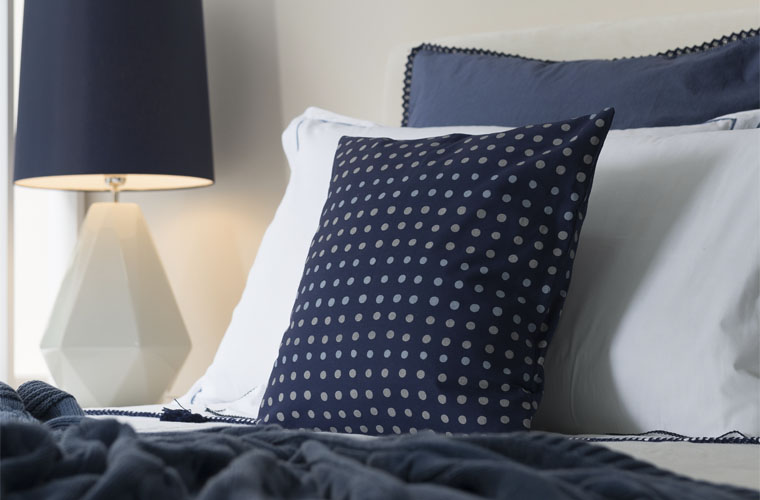
Pink: this mixture between red and white is the synonym of love and happiness. Is suitable for bedrooms when you want to revive the relationship. Match it with neutral colors, such as gray or ivory for a classic feel, or bold colors for a modern touch.
Purple: represents the balance between love and wisdom, creating a spiritual environment where reason and emotion can live in harmony. The darker tones are associated to luxury and creativity. The suggestion is to use the eggplant color on the bed sheets and accessories to give an elegant touch to the room.
Red: is the color of love and energy that stimulates movement and, therefore, it is not very suitable to be used in large quantity in the bedrooms. It can be used in a moderated way, in small details, since it creates an environment conducive to passion.
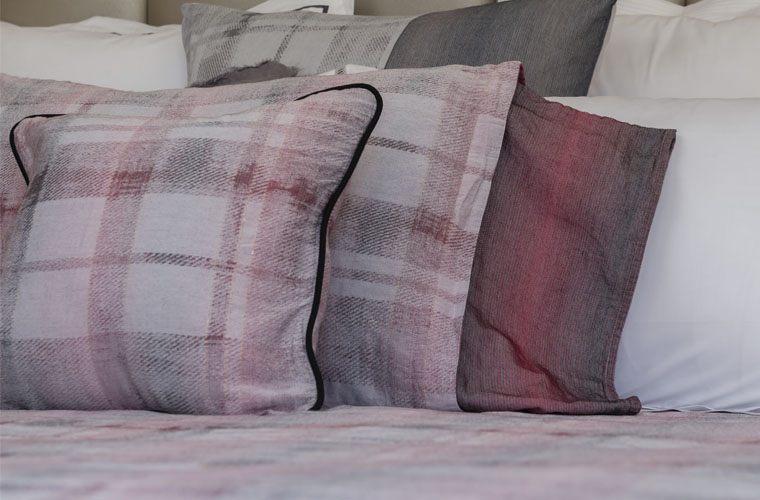
Brown: the color that represents the earth, is often considered both comforting and strong, becoming a popular choice for bedrooms and living rooms, a brown with medium opacity is frequently suggested for walls and surface areas, especially when complemented by brighter accessories.
Black: this is the stronger tone of the palette. It can take on a double meaning, depending on the amount in which is used, creating an heavy or a sofisticated environment. The ideal is to use it in details to activate the depth and wisdom.
Gray: because it is the mixture between black and white, gray is the color that symbolizes balance. Often associated with confidence, gray can induce positive feelings if used correctly. If used too much it creates a depressing environment, therefore, so make sure that you choose neutral colors to create a cleaner environment.
White: associated with peace and tranquility, this is the tone suitable for active and restless persons. Be careful when using white in excess, since it can stimulate ansiety. The ideal is to combine with another tone of your preference, such as gray.
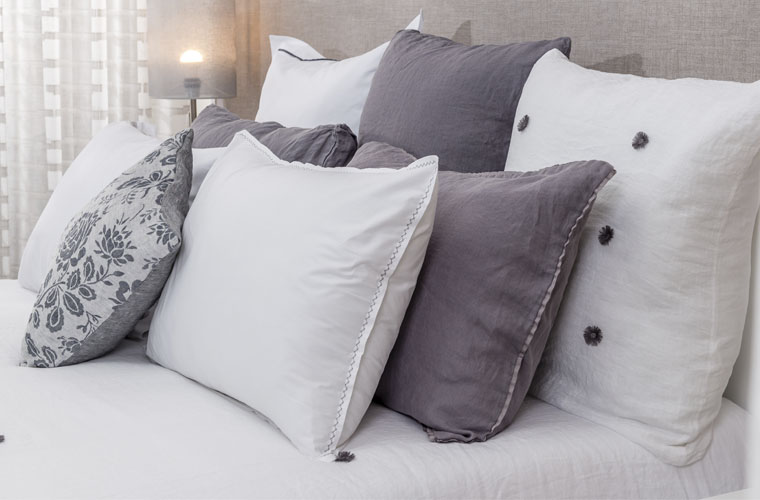
Allcost is a company dedicated to the development of premium fabrics for the hotel and home sector. Focused on innovation and quality, it develops bed, bath and table lines with the commitment of maximum durability, softness and comfort.
Visit our website at www.allcost.pt, get in touch with us at geral@allcost.pt or call us +351 253 479 260. Active listening to our customers’ needs makes us grow.
